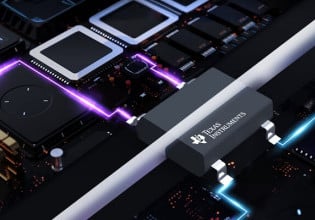Researchers from Belgium, Germany, Italy, Austria and Slovakia are coming together to launch a brand-new EU-funded project that aims to make more compact and more powerful energy converters for use in information and communication technology (ICT) and solar inverter technology.
The HIPOSWITCH (’ GaN-based normally-off high power switching transistor for efficient power converters’) project, which received a EUR 3 578 938 funding boost as part of the ICT Theme of the Seventh Framework Programme (FP7), will cover the whole value added chain, from power device development to industrial application.
The project will focus on a key component in electronic power converters: power transistors that transform continuous and alternating current into the effective voltages used by the systems. Such transistors can be found in almost every technical device around today, and in ICT they play a crucial role in mobile communications base stations. They are also used in ac-dc power supplies for computers, networks and data storage, as well as in solar converters, electric vehicles and hybrid cars.
The challenge facing scientists today is to develop modern power converter systems that consume less energy but produce greater outputs, and protect natural resources. The HIPOSWITCH researchers are focusing on novel gallium nitride (GaN)-based transistors - key switching devices ensuring increased efficiency in future power converter systems that require less volume and weight while offering enhanced performance.
Often a systems’ efficiency is limited by the active components used; currently most models are based on silicon (Si), which has now been advanced to the point where no further improvements can be made. GaN as a material offers many more and new possibilities - it is perfect for power switching in particular, due to its superior material properties. Thanks to GaN, power switches can operate at significantly higher frequencies without suffering from major switching losses. This is due to the drastically lower on-state resistance of GaN power transistors, combined with considerably reduced input and output capacitances.
The scientists also stress that an increase in switching frequency has additional consequences for the passive components, as the volume of inductors, current transformers and capacitors can be significantly reduced. Therefore, by using GaN as a material, the whole system becomes smaller and lighter.
The project will employ sophisticated device characterisation and reliability evaluation techniques. It will bring together experienced partners in automotive technology, power electronic system and circuit design, power semiconductor technology, high-temperature packaging technologies and GaN power device technology including GaN on Si epitaxy.
The project will highlight the importance of collaboration between academia and industry, essential for getting innovative ideas to market.






